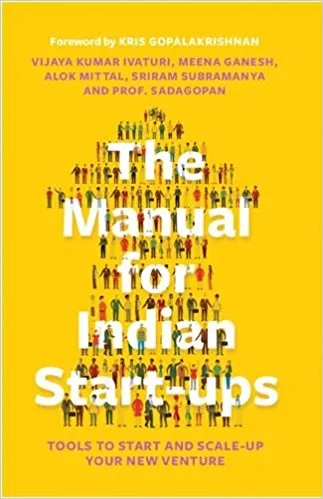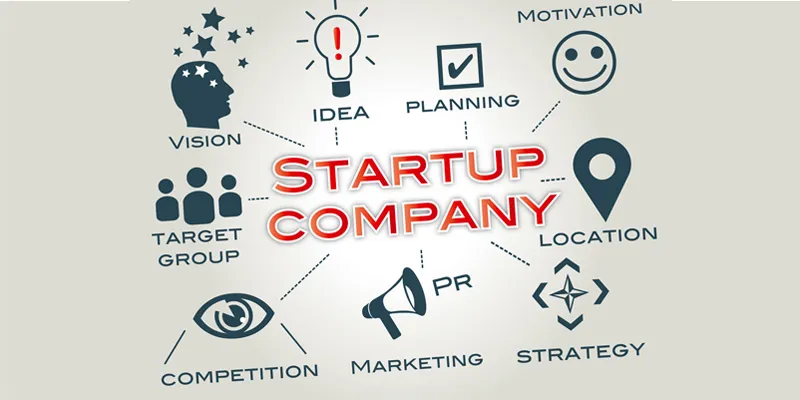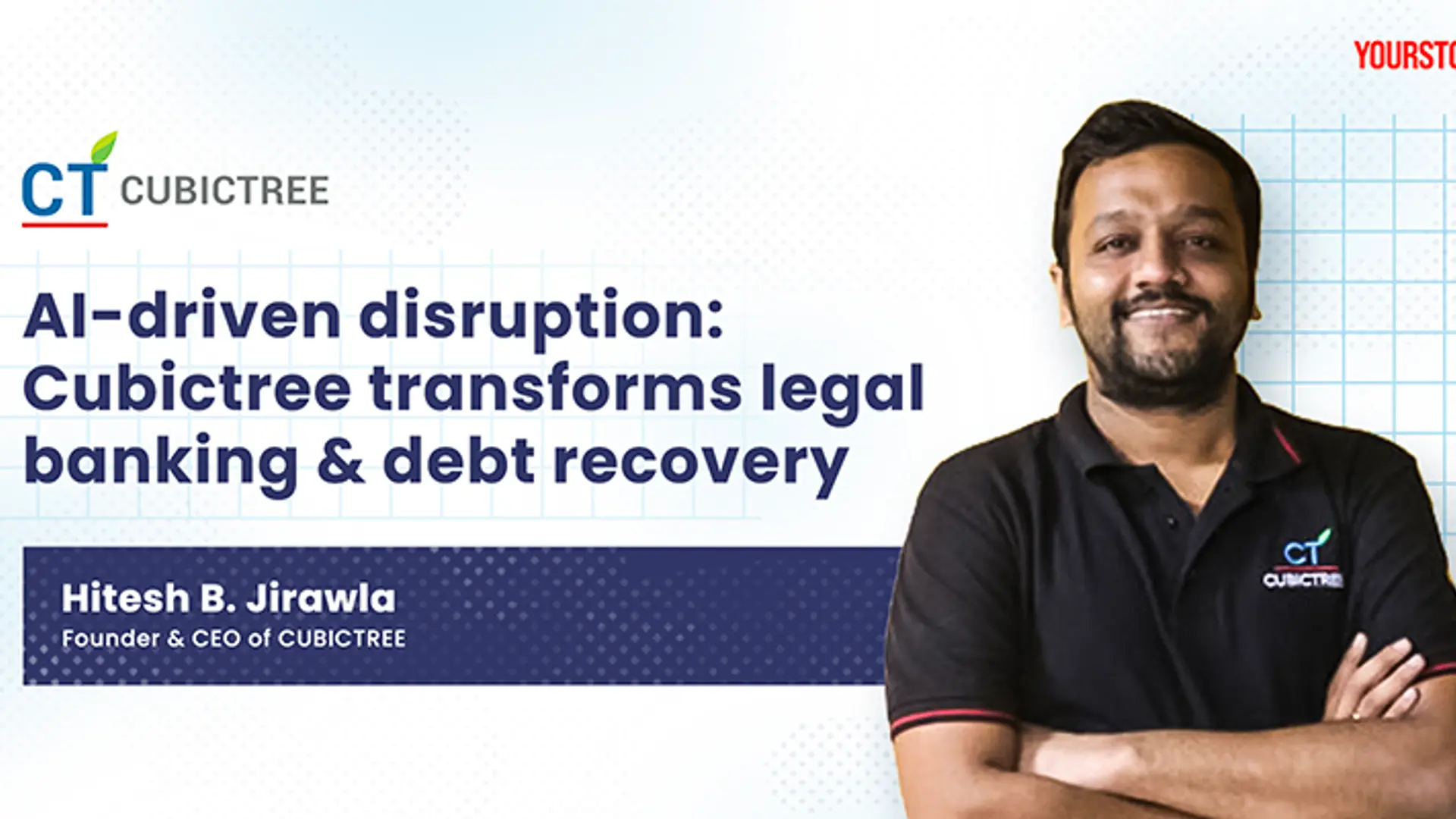The Manual for Indian Startups: a guide to documents, plans, templates and agreements
Do startups really need a founders’ agreement even if they are all college classmates? How expensive is patenting in India? What are the different documentation needs and growth tools at different stages of a startup’s growth? Many such issues are addressed in the book, 'The Manual for Indian Startups.'

The book is authored by Vijaya Kumar Ivaturi (co-founder of Crayon Data), Meena Ganesh (CEO of Portea Medical), Alok Mittal (co-founder of Indifi), Sriram Subramanya (founder of Integra Software), and Prof. S. Sadagopan (Director of IIIT-Bangalore).
“The operating models of startup ventures in India differ from the Western models,” explains Infosys Co-founder Kris Gopalakrishnan in the foreword. The book provides the Indian context in terms of compliance and documentation needs, and has been supported by CII’s Startup Council.
I have listed some of the necessary documents, plans, templates and agreements in Table 1. The book ends with a state-wise list of 64 incubators in India along with hub location and contact information (see also YourStory’s Startup Hatch profiles of accelerators and incubators).
The material is spread across 142 pages and makes for a quick read, but its real value is as a handy reference and process guide to make sure a startup is on track and does not face nasty operational surprises down the road. Related books reviewed by YourStory include Startup CEO, Startup Boards, Disciplined Entrepreneurship, and Startup Checklist.
Table 1: Startup evolution: document needs
At concept stages, founders should be prepared to do a lot of experimentation and field research to arrive at proof of concept for their idea. It is important to strike a balance between capital efficiency and product or solution completeness.
The founding team should have freshness as well as expertise in some areas like product, domain, business and operations. The founders’ agreement should capture their expectations of contribution, ownership and sharing of equity, as well as ‘what if’ scenarios (eg: redefinitions of roles further down the road; non-compete clauses). There should also be clauses for dispute detection, resolution, mediation, and arbitration.

In the entity-creation phase, most VCs and public funds require the creation of a public limited company. Founders should understand the nuances of holding companies, regional operating firms, overseas registration, and point of effective management (POEM) laws. Early-stage compliance applies to labour laws, environmental laws, IPR, liability acts, taxation, and public procurement.
On the intellectual property front, founders should carefully weigh patent jurisdiction, novelty, licensing, and portfolio management. Patent analytics helps make informed decisions on tech trends, R&D/M&A deals, and even talent management.
For startups filing for patents, there should be clear demarcation of public information, confidential information (only for employees), and classified information (only for core team). The authors advise founders to invest in creation, protection, and monetising of IP as relevant; it can also be a long, tedious, and costly process.
Marketing online and offline should be guided by market size, market wealth, competitive presence, and value proposition. Startups should have clear strategies for targeting customers, employees, media and investors.
There will be different Above the Line (ATL) and Below the Line (BTL) considerations for B2C and B2B contexts. Commission models and network effects will take some time to kick in, but can be well worth the wait.
Funding options include seed funding (Rs 10–30 lakh for 1–3 percent equity), angel funding (Rs 70 lakh–7 crore for 15–29 percent equity), and Series A (starting at Rs 14 crore, for a 24-month runway and 20 percent stake). A full-time finance person is required from angel-funded stage onwards, and a balance between market share and profit share will need to be struck at the Series A stage. Startups seeking the accelerator route may find that some companies make investments while others give grants.
Provisions and outcomes should be made for raising funds in multiple tranches and bridge rounds, along with requirements like board rights for directors and observers. Alignment between founder and investor is key for long-term success, especially with respect to exit rights and transfer rights.
In sum, the book gives a good conceptual overview with operational insights for new founders and aspiring entrepreneurs. Other resources, consultants, professionals and mentors will add further value as the startup scales (see also the article Understanding the science and art of engaging advisors and mentors).








